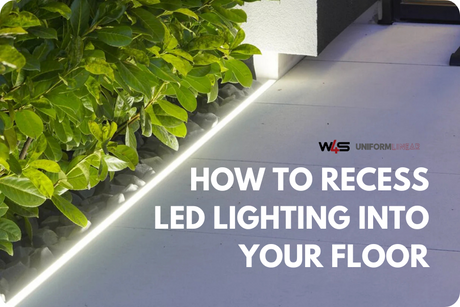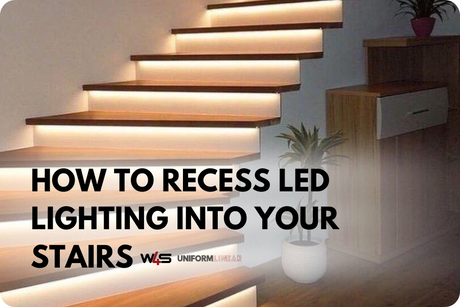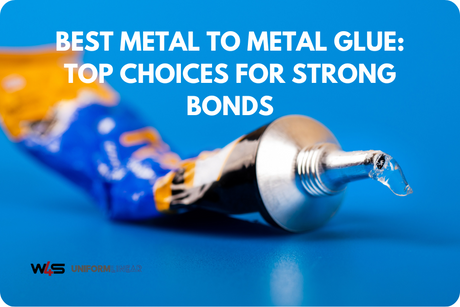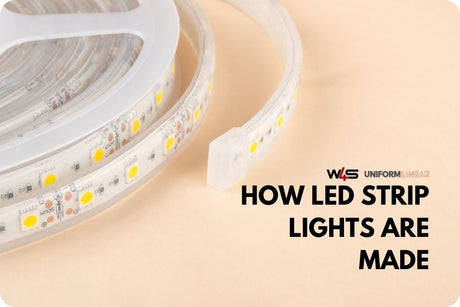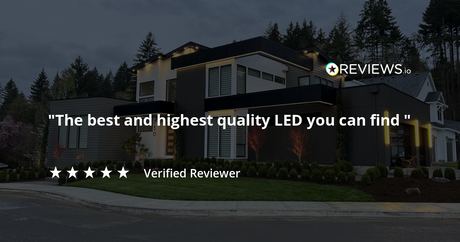LED strip lights have become a lighting option for residential and commercial spaces due to their energy efficiency, flexibility, and aesthetic appeal. LED lights are highly efficient, converting 40% of energy into visible light.
However, concerns about their safety, particularly regarding potential fire hazards, often arise.
In 2022 alone, there were an estimated 1.35 million fires in the United States, resulting in a little over $18 billion in property loss.
This article explores whether LED strip lights are safe, how they compare to traditional lighting sources, and what steps you can take to ensure safe installation and usage.
3 Common LED Strip Light Safety Concerns

1. Do LEDs Harm Your Eyes?
LED strip lights, like other LED lights, emit blue light, which can cause eye strain when exposed for prolonged periods. While the risk is minimal for occasional use, using high-quality LED strips with adjustable brightness levels can significantly reduce discomfort. Opt for strips with dimming capabilities to control light intensity and maintain comfort.
2. Are LED Strips Dangerous in Wet Areas?
LED strip lights used in wet areas like bathrooms or kitchens can pose risks if not rated for moisture resistance. Water can compromise electrical connections, increasing the chance of electrical hazards. Ensure the LED strip lights you install are marked as waterproof or water-resistant to avoid these risks.
3. Is It Safe to Put an LED Strip on the Wall?
When installing LED strips on walls, there is a potential risk of damaging the paint when removing them. This can occur if the adhesive backing is too strong or improperly removed.
To learn how to safely remove LED strips without damaging walls, check this article on ripping paint.

Are LED Strip Lights a Fire Hazard?
Data from National Fire Protection Association shows, nearly 50,000 home fires are caused by electrical problems each year, resulting in over $1.4 billion in property damage and 500 deaths.
Source: allenservice.com
However, it should be noted that LED strip lights are generally safe and pose a minimal fire risk when installed and used correctly. Unlike traditional lighting options, LEDs produce less excessive heat because they convert energy into light rather than heat. However, improper installation or usage can still result in electrical fires.
Do LEDs Get Hot?
LED lights generate some heat, but it is minimal compared to incandescent bulbs or halogen bulbs. Modern high-quality LED strips often include a heat sink to dissipate any heat efficiently. This prevents nearby flammable material from catching fire due to overheating.
Is it Safe to Leave Them On All Day?
LED strip lights are designed for continuous operation, and it is generally safe to leave them on for extended periods. Their energy efficiency ensures low power consumption, and their design minimizes heating equipment However, always check the manufacturer’s specifications for recommended usage.
LED Safety vs. Traditional Light Sources
Halogen Bulbs
Halogen bulbs emit high heat levels and are more likely to ignite combustible material. LED lights, in contrast, operate at much cooler temperatures, reducing the potential fire hazard.
The Consumer Product Safety Commission (CPSC) staff has issued a caution to consumers, highlighting that the tubular light bulbs commonly used in most torchiere-style halogen lamps can reach extremely high temperatures, posing a fire risk if they come into contact with curtains, clothing, or other flammable materials.
Fluorescent Bulbs
Fluorescent bulbs can contain harmful substances like mercury, which can be hazardous if the bulb breaks. LED strips do not use mercury, making them a safer and environmentally friendly option.
As per the National Headache Foundation, individuals suffering from photophobia can experience severe pain and discomfort in the presence of bright lights. Fluorescent lighting is one of the most common triggers due to its high intensity and rapid flickering.
Incandescent Bulbs
Incandescent bulbs are known for their inefficiency, converting most of their energy into heat rather than light energy. This heat output can increase the likelihood of residential fires. LEDs offer a safer, more efficient alternative.
LEDs emit very little heat. In comparison, incandescent bulbs release 90% of their energy as heat.
Safety Tips for LED Lighting
- Choose High-Quality LED Strips: Always invest in high-quality LED strip lights that meet safety standards, such as certification by Underwriters Laboratories (UL).
- Proper Installation: Ensure safe installation by avoiding loose connections and following the manufacturer’s instructions.
- Avoid Overloading Circuits: Do not plug LED strips into overloaded extension cords or power strips, which can cause electrical shorts.
- Install Smoke Detectors: Equip your home with smoke alarms for added peace of mind.
- Keep Away from Flammable Materials: Ensure LED strips are not in contact with flammable material or flammable liquids.
- Regular Maintenance: Inspect the strips periodically for signs of faulty wiring or frayed cords.
Conclusion
At the heart of choosing LED strip lights is a desire for safer, smarter, and more sustainable lighting. With their ability to operate at cooler temperatures and avoid harmful substances like mercury, LEDs are a step toward a safer environment for your family or workspace. But it's not just about safety—it's about trust and reliability in your lighting solutions. Your home or office should feel secure, and every lighting choice plays a role in creating that peace of mind.
By adhering to safety tips and investing in trusted products, you can confidently transform your spaces without compromising your well-being. Remember, taking the extra time to ensure proper usage today can save you from potential worries tomorrow. Your safety matters, and so does creating a well-lit space that brings both functionality and peace of mind.
FAQ
Is it safe to put an LED strip under my bed?
Yes, it is safe. Ensure proper ventilation and use high-quality LED strips to minimize any potential risks.
Is it alright to leave LED grow lights on?
Yes, but monitor the manufacturer’s recommendations to avoid overuse and excessive heat.
Is it safe to use LEDs in my child’s room?
Yes, LED lights are an excellent choice for children’s rooms. They emit significantly less heat than traditional lighting options, making them a safer alternative that reduces the risk of burns or accidental fires.
LEDs do not contain hazardous materials like mercury, which is often found in fluorescent bulbs. Opt for high-quality LED strips with dimming capabilities to create a soft, comforting light that is safe and suitable for a child’s environment.
Is it okay to stick an LED strip onto a metal bedframe?
Yes, sticking an LED strip onto a metal bedframe is safe and even advantageous. The metal acts as a natural heat sink, dissipating heat effectively and ensuring the strip operates safely.
To secure the LED strip properly, clean the surface of the metal bedframe before applying the adhesive. This helps maintain a strong bond and ensures safe, efficient lighting for your setup.





